Description
Here is the amazing handwork of a person who has been forty years in studying and reflecting on the spiritual traditions of South Asia. Clear and comprehensive, rich and various, “Indian Spirituality” is a stimulating piece of literature. What is most edifying is the reverence with which the author approaches different forms of spiritualities and the eagerness which he seeks to build bridges between diverse traditions. Certain penetrating insights could have come only from someone who had wrestled with Indian religious sensitives for decades. I promise the readers a very exciting and truly educative experience perusing this book.
Archbishop Thomas Menamparampil
Even a cursory glance at the contents of Father Satyanand’s book, Called to be Divine: Insights into Indian Spirituality, shows the painstaking efforts the author has taken to present a comprehensive view of Indian spirituality. Starting with an attractive understanding of spirituality as a “path to life in fullness,” he rightly goes on to distinguish spirituality from belief systems. The book then presents the rich sources of spirituality found in the Indian religious texts, the four life stages, the four-fold goals of life and a more detailed look at the inner search of spirituality. There is even, and interestingly, a chapter on the spirituality of Indian materialism. The key Indian concept of renunciation is explained in detail, with particular attention to the vows that aid such a path. Gautama Buddha’s much-admired middle path is not forgotten. The approaches to spirituality found in the different orthodox “schools” of Hinduism find a place in the book, with, understandably, special attention given to Yoga. The difficult, challenging and controversial views of the Advaita schools on the divinization of the human take up one chapter. The classical paths (margas) of karma, jnana and bhakti are presented with detailed explanations of their aspects. An integrating final chapter draws all this rich material to a close.
Based on the author’s years of teaching, the book displays familiarity with the key concepts of Indian spirituality, as well as knowledge of the diverse schools of thought and the evolution of core concepts over centuries. A comprehensive, systematic and accessible text.
Fr Joe Mannath SDB
Father Joseph Satyanand IMS has written a very lucid and succinct book on all the spiritual traditions of India, which manifests the fabric of Varanasi’s age-old cultural heritage. The book titled’ Called to be divine-insights into Indian spirituality’ by Father Satyanand throws great light on the spiritual traditions and philosophical insights of the great Sages of India.
The Chapter on the ‘Spirituality of the Middle Path’ describes the gem of Buddhist spiritual traditions. This book invites the reader to a greater appreciation of the spiritual and intellectual aspects of other religions and ideologies and will be a great boon to all the spiritual loving people in general and to the people involved in the great task of Inter religious dialogue in particular. I congratulate Father Satyanand for bringing out this priceless book with utmost enthusiasm.
Ven. Lobsang Norbu Shastri
Professor, Translation Department, Central University of Tibetan Studies, Sarnath, Varanasi U.P.
Antiquity of Jainism goes back to Pre-historic period of Indian culture. The teachings of Lord Mahavira are as useful and timely as they were 2600 years ago.Lord Mahavira has left a lasting impact in the form of his teachings for the spiritual advancement of the individual, protection and conservation of all forms of life, and a rational, just, peaceful and secular social order.
The Chapter on the Spirituality of on Jainism in the book named ‘Called to be divine ‘ written by Fr Joseph Satyanand is a good effort to explain the Jain philosophy and culture. He also follows the research methodology to present the contents, so that this book will be also very fruitful for upcoming research scholars. I hope that respected Father Joseph will continue reading and writing on Jainism.
About the Book
The Book ‘Called to be Divine, Insights into Indian Spirituality’ is a gift to all people of good will, especially to the Church personnel – Priests, Religious and the Formees. The book intends to offer the reader a holistic, comprehensive and unique experience of the Indian spiritual traditions. Humans created in the image and the likeness of God have been bestowed with an intense desire for fullness of life and perfections. This longing for the ultimate human destiny is manifested differently in various traditions in accordance with the cultural and social environments of the people.
Ancient Indians have developed a worldview and a vision of life different from the vision of the Greco- Judo-Roman people. ‘Called to be Divine’ presents the various expressions of the worldview and a vision of life of the Indian people springing from their inner longings for the Absolute and for the ultimate fulfilment of their spiritual aspirations. The book also examines in a systematic manner the pathways of the spiritual journey of the Indians through the development of the Indian Scriptures, Schools of thought and mysticism right from the Vedic times. The book contains a mine of information about the spiritual exercises of various schools of spirituality in India and offers insights into the depth of their mystical world.
About the Author
Dr. Joseph Satyanand IMS, Professor of Indology at Vishwa Jyoti Gurukul, Varanasi, holds a Shastri degree from Sampurnanand Sanskrit University, Varanasi and a Theological degree from the Jnanadeepa Vidydpitha, Pune. He has also received his M.A. in Sanskrit-Pali and Ph.D. in Sanskrit (Vedanta) from the University of Pune. He has been teaching Indian Philosophy and Religion in a number of philosophical and theological centres in India since 1976
CONTENTS
PREFACE
FOREWORD
CHAPTERONE
SPIRITUALITY: THE PATH TO LIFE IN FULLNESS
1.0 Introduction
1.1 What is Spirituality?
a) Spirituality is more than psychology
b) Genuine spirituality
c) Bliss is the goal of spirituality
1.2 Factors that Influence the Concept of Spirituality
1.2.1 Culture
1.2.2 Religion
1.2.3 Sacred Scriptures
1.2.4 Institutionalized Religions
1.2.5 Belief Systems.
a) Belief system marks the outer schema of spirituality
b) Exclusivist belief systems
1.2.6 Vision and Worldview.
a) Vision for life is often inherited.
b) Vision for life is a darsana (seeing through)
c) The ability to form a life vision distinguishes
humans from animals.
d) Right vision is based on faith and reason.
e) Vision for life is like a coloured glass
f) Religious and cultural influence on vision of life.
g) This worldly vision of life
h) A godless vision of life
1.3. Concluding Remarks
Endnotes
CHAPTER TWO
SOURCES OF INDIAN SPIRITUALITY.
2.0 Introduction.
a) India is a rainbow of races
( .ailed to be Divine
b) Unity in multiplicity
2.1 Hindu or Indian?.
a) Hindu and Hinduism.
2.1.1 Hinduism is unique.
a) Belief in God not central to Hinduism
b) No founder.
c) No particular book imposed.
d) No defined doctrine
e) No obligatory rituals
f) No common Worship
g) Tremendous power to absorb
h) A Conglomeration of Religions
2.1.2 Common elements
a) Theory of karma.
b) Caste System.
2.1.3 Dharma holds the diversities in unity.
2.1.4 A Journey into the past
a) Pre – historic times (before 2000BC).
b) The Vedic period.
c) The golden age of Classical Hinduism (300 A.D. – 1200 A.D.)
d) Period of stagnation.
e) Period of Renaissance.
2.2 Hindu Scriptures
2.3 The Sruti Literature
a) Vedas are eternal
b) Vedas are infallible
2.3.1 Four Vedas
2.3.2 Samhita
a) Rg Veda Samhita
b) SamaVeda Samhita
c) Yajur Veda Samhita
d) Atharva Veda Samhita
2.3.3 Brahmana-s
a) Important Brahmana-s.
b) Content of the Brahmana texts
c) Meaning of the term Brahmana.
d ) Priests more powerful than gods.
e) The earliest attempt at interpretation
2.3.4 Aranyakas
a) Important Aranyakas.
b) Transition from Yajna to Jnana.
2.3.5 The Upanisads.
a) Origin of the Upanisads
b) NumberofUpanisads
c) Content and character of the Upanisads.
2.3.6 A Few Final Comments on Sruti Literature
a) What really constitute the Sruti?
b) An overall glance of Sruti literature.
2.4 Smrti.
2.4.1. Sruti-Smrti Relationship
2.5 Vedanga-s.
2.5.1 Siksa (Phonetics)
2.5.2 Vyakarana (Grammar)
2.5.3 Nirukta (Etymology)
2.5.4 Chandas (Metrics)
2.5.5 Jyotisa (Astronomy).
2.5.6 Kalpa Sutras (Ritual formulas)
i) The Srauta Sutras
Important Srauta Sutras
ii) Grhya Sutras
a) Various Grhya Sutras.
b) Obligatory and optional (nitya-naimittika) rites
iii) Dharma Sutras
a) Dharma Sutras and Dharma Sastras
iv)Sulva Sutras.
v) Concluding Remarks
2.6. Dharma Sastras
2.6.1. Laws were imposed
2.6.2. Important Law Books
2.6.3. Law Books perpetuated Inequality.
2.6.4. Reformers on Law Books.
2.7 Itihasas (Epics)
2.7.1 Origin of Itihasa
2.7.2 Two Great Epics
2.7.3 Mahabharata
2.7.4 Bhagavad GIta
2.7.5 Ramayana
2.8. Purana-s (Myths).
2.8.1 Historical and Chronological Facts in Purana-s
2.8.2 Number of Puranas
Called to be Divine
2.8.3 Maha Puranas
2.8.4 Upa Purana-s
2.8.5 Content of the Purana-s
2.9 Agama-s
2.9.1 Content of the Agama-s
a) Krlya pada (esoteric ritual).
b) Carya pada (exoteric worship)
c) Yoga pada (concentration).
d) Jnana pada (liberative knowledge)
2.9.2 Different schools of Agama-s
2.9.3 Agama-s and Tantra-s
i) Saiva Agamas
ii) Vaisnava-Agamas
iii) Sakta-Agamas
2.9.4 Mantra, Yantra, Tantra
2.10 Concluding Remarks
Endnotes
CHAPTERTHREE
LIFE IS BEAUTIFUL
3.0 Introduction.
3.1 The Four Stages of Life (Asrama-s)
3.2.1 Life of Perpetual Chastity
3.2.2 Brahmacarya an Essential Spiritual Requirement.
3.2.3 Brahmacarya is Power
3.2.4 Brahmacarya is a Great Sadhana
3.2.5 The Means to Practise Brahmacarya
a) Guard one’s thoughts and desires
b) Guard one’s words
i) Nama japa
ii) Svadhyaya
iii) Satsang
c) Guard one’s activities.
d) Other ascetical practices
3.3 Grhastha, the State of a Householder
3.4 Vanaprastha (hermit/forest dweller)
3.5 Samnyasa
a) Two ways of samnyasa: krama and vividisa
b) Different Types of samnyasin-s
c) Samnyasa Orders
d) Rite of initiation
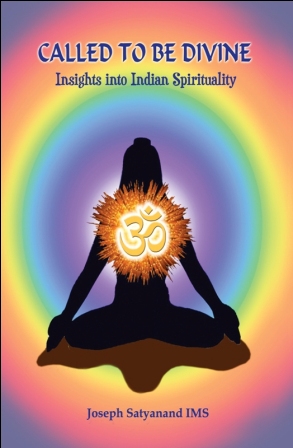
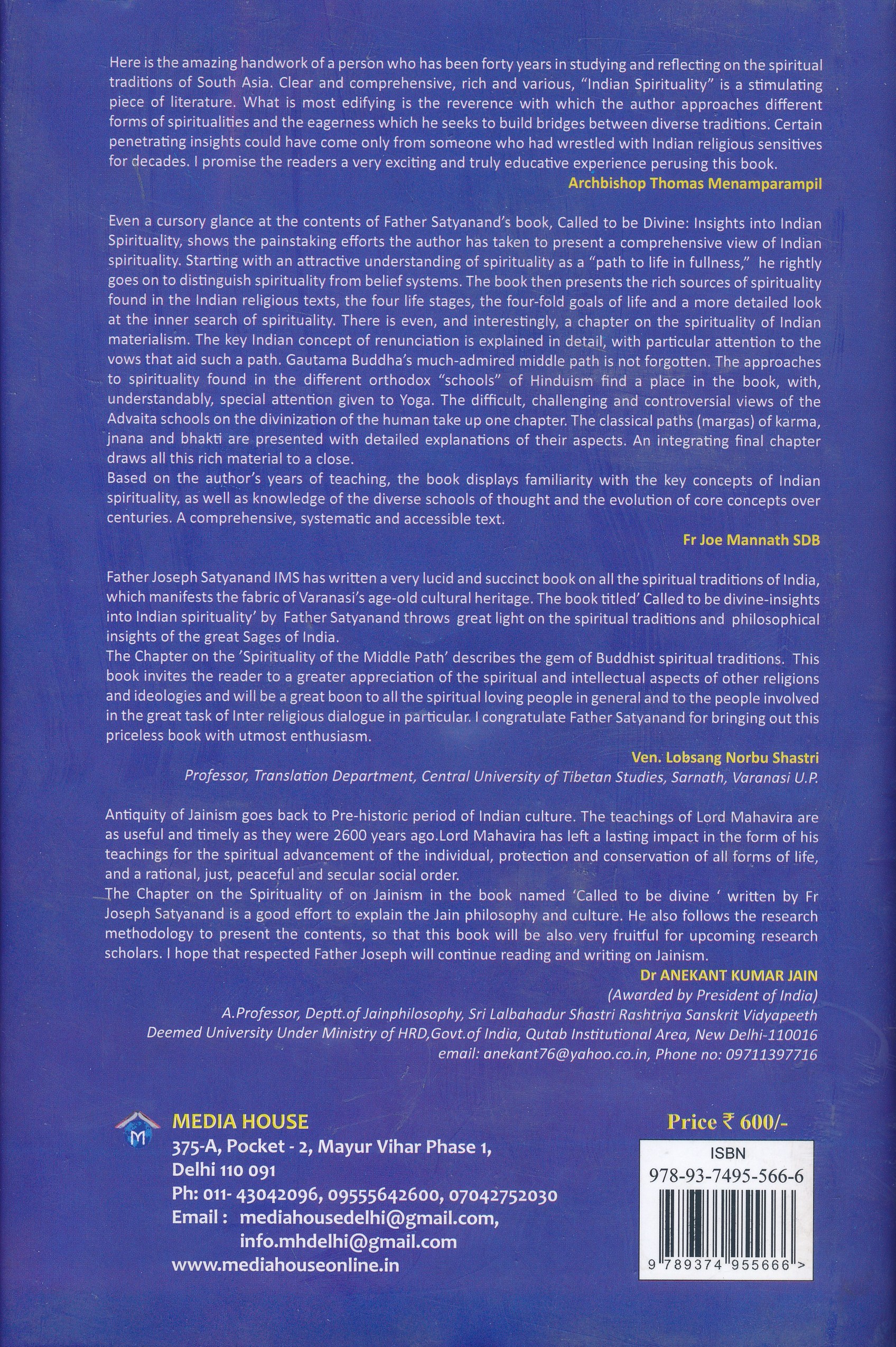
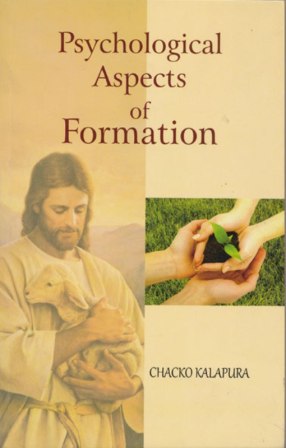
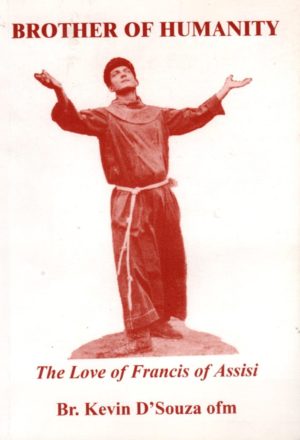
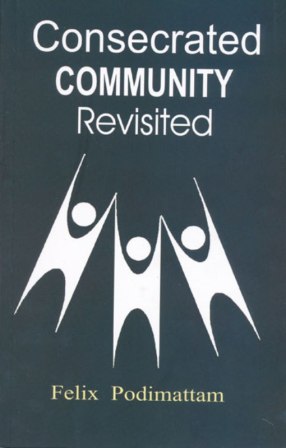
Reviews
There are no reviews yet.